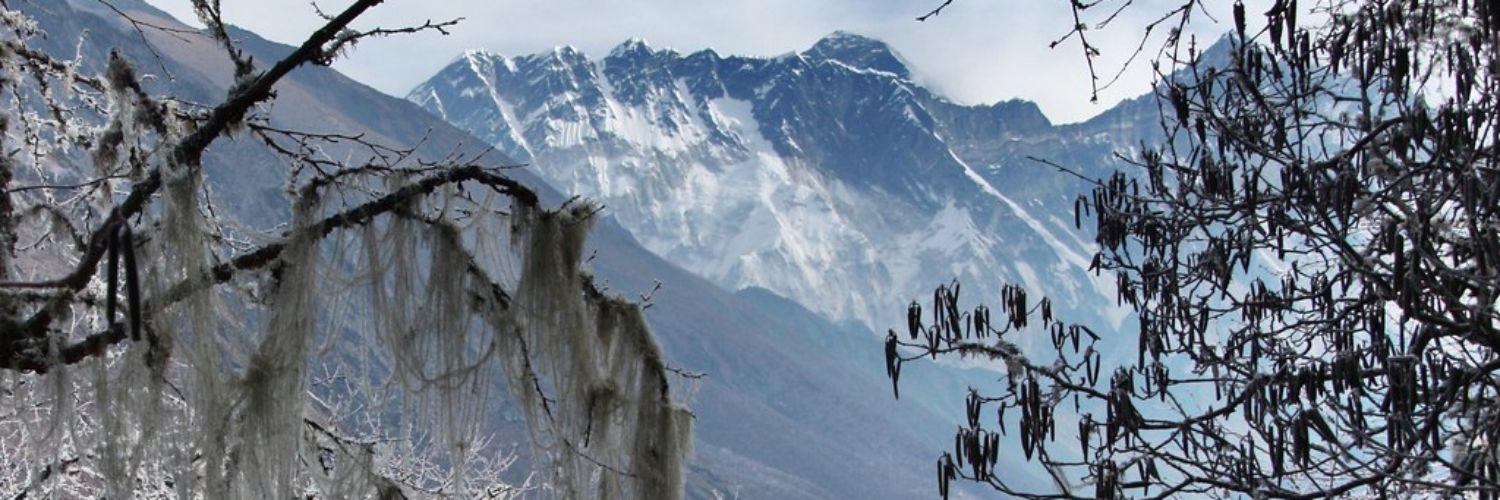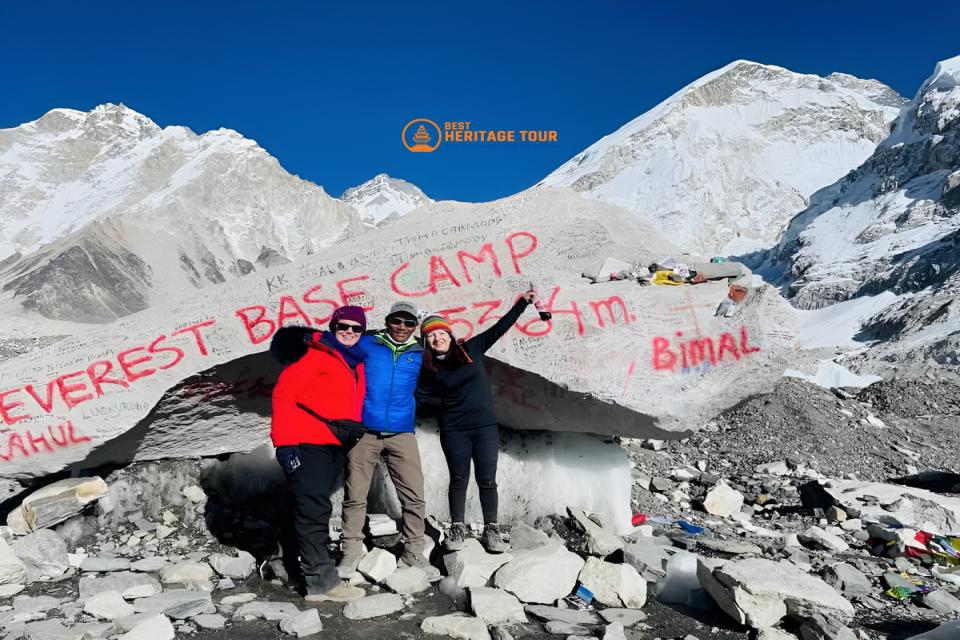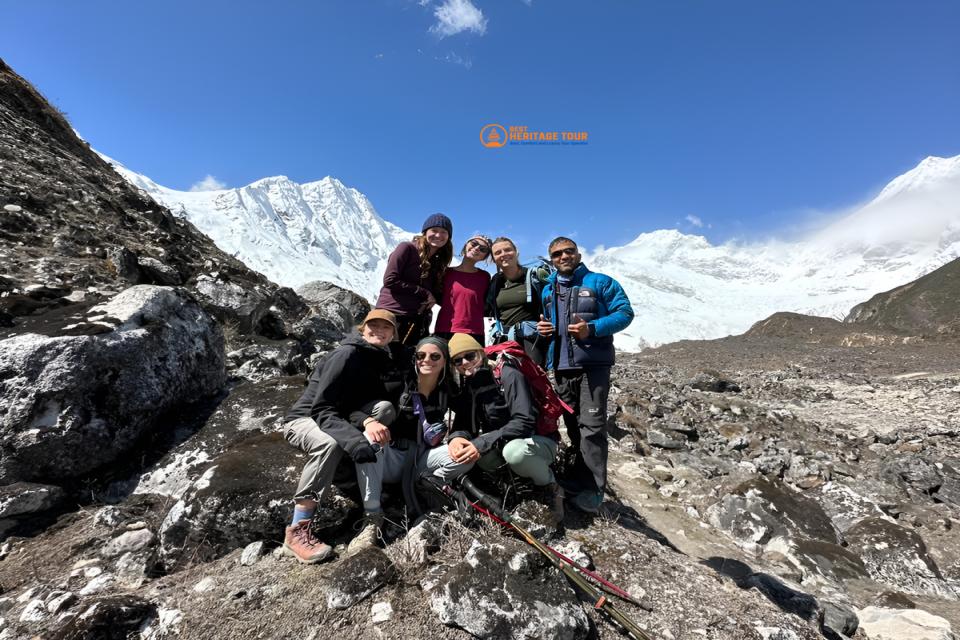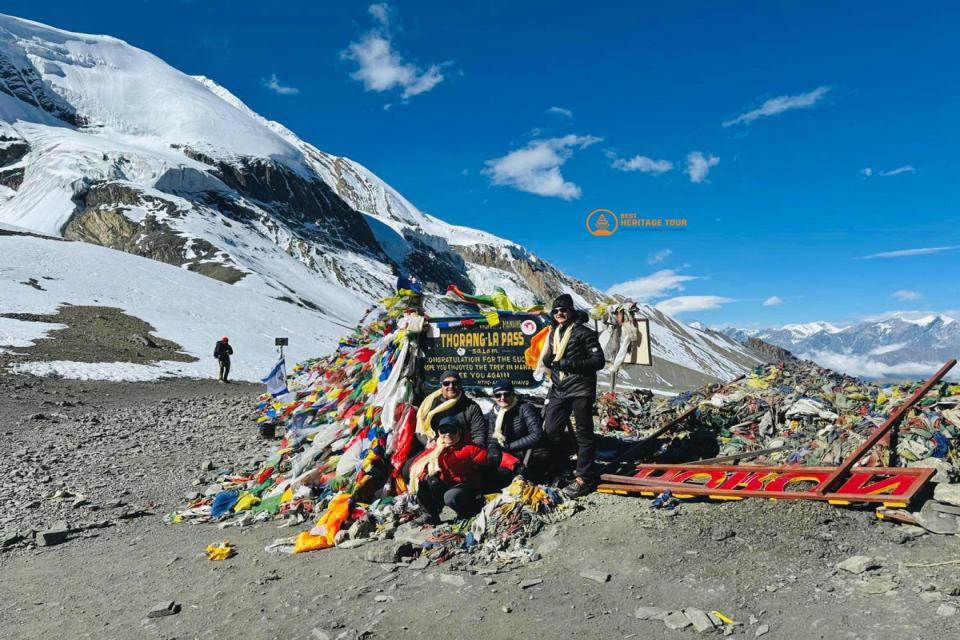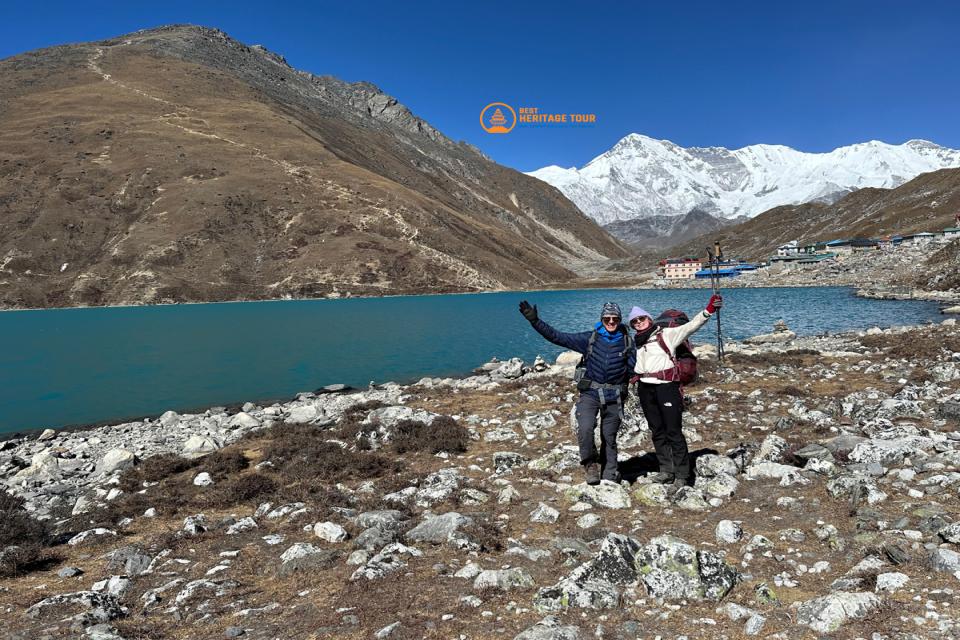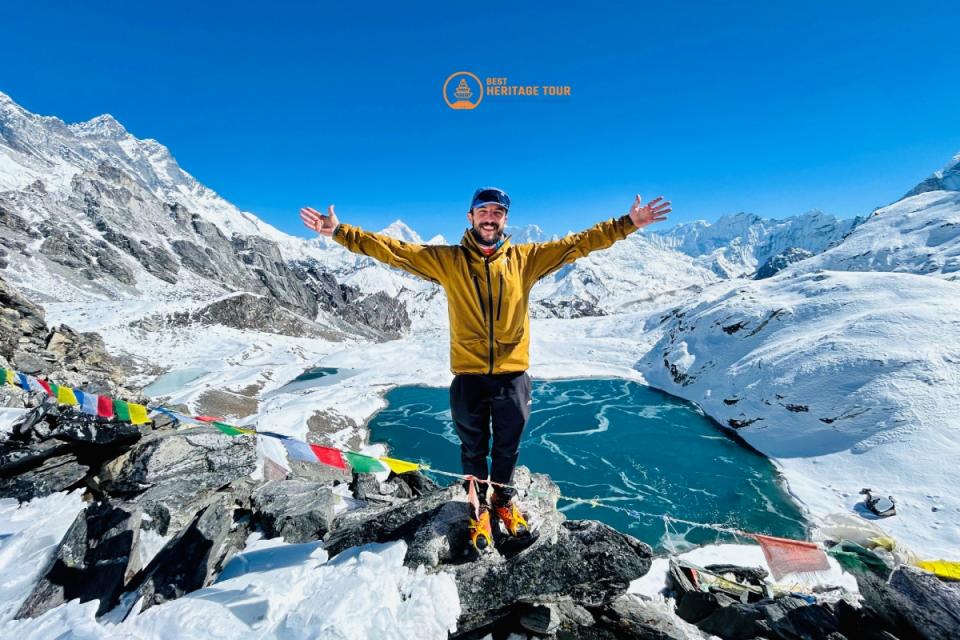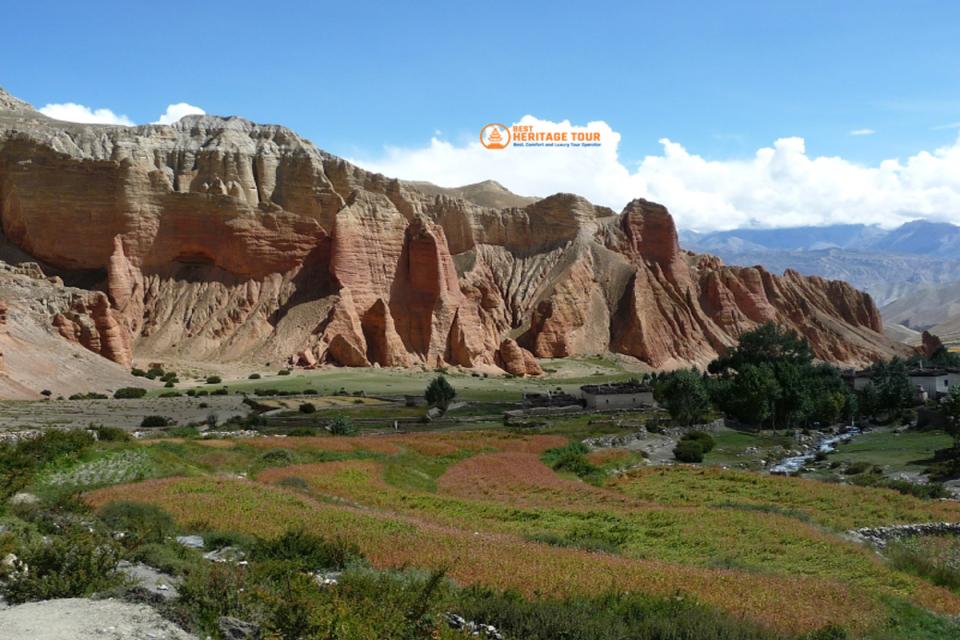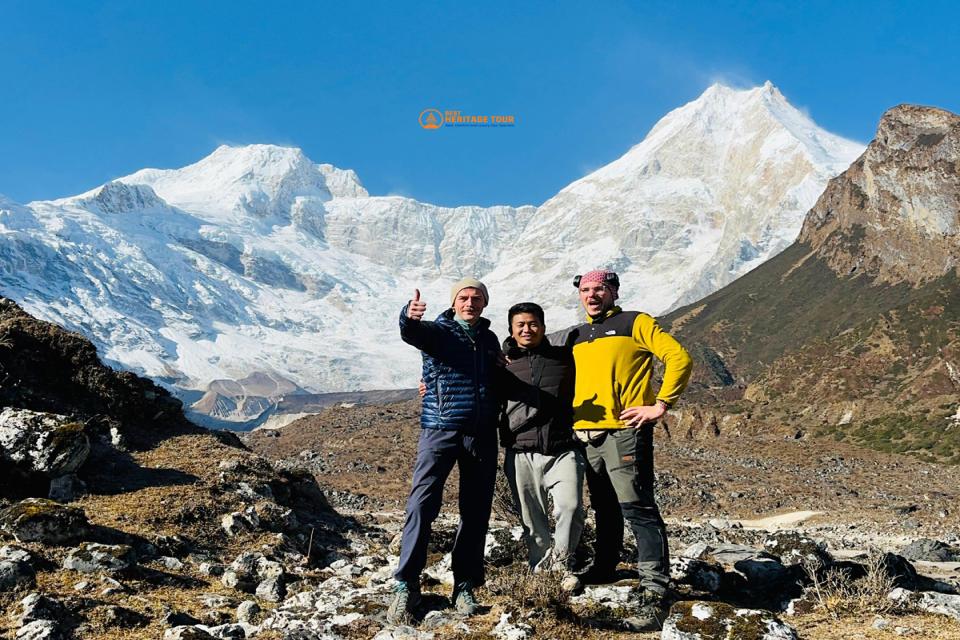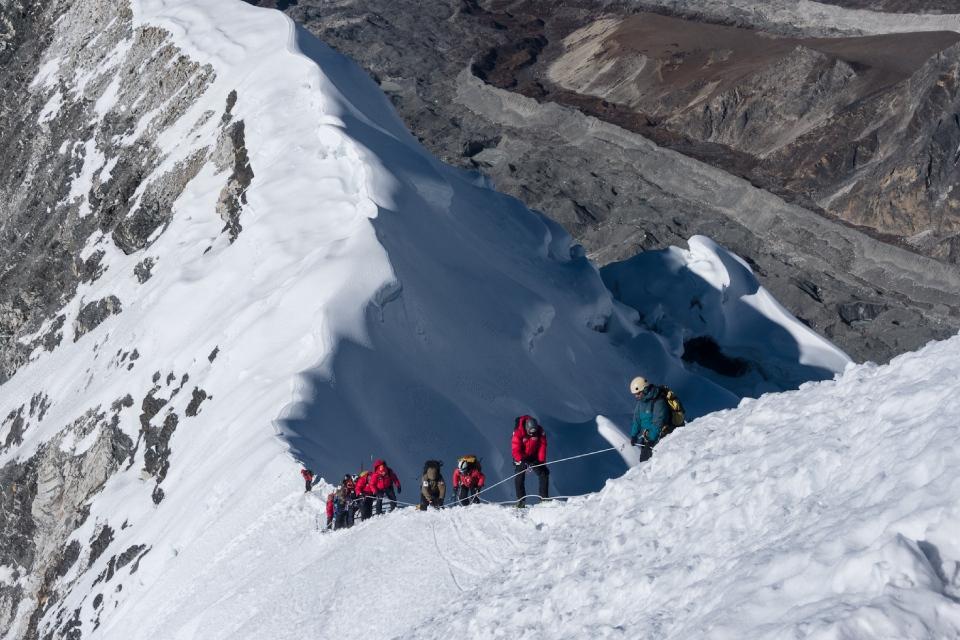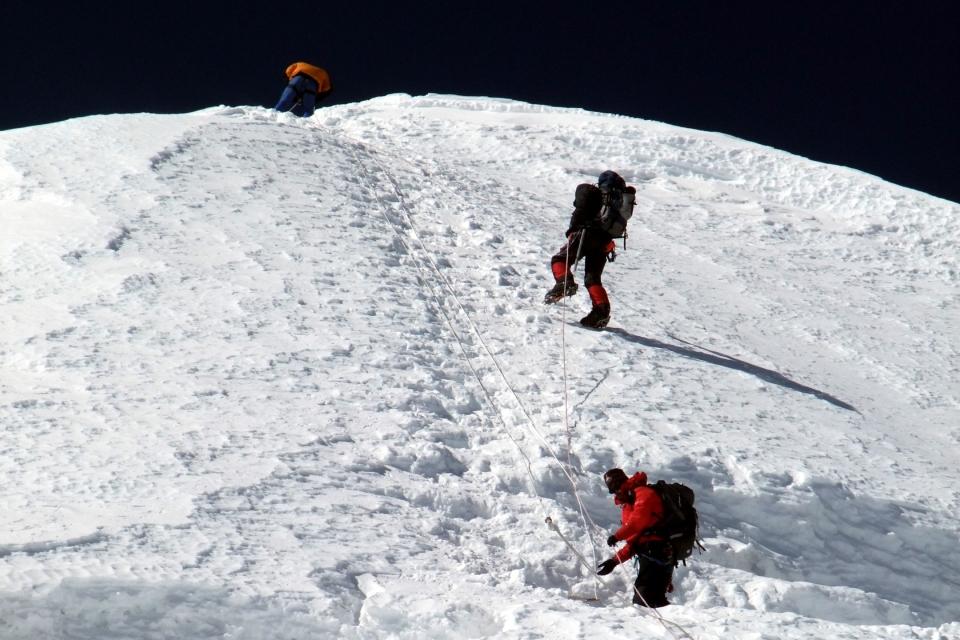For photographers and trekkers venturing into the majestic Himalayan landscapes, capturing the perfect shot is often a priority. However, when trekking at high altitudes or during winter, sub-zero temperatures can affect not just your comfort but also the performance of your camera gear. Batteries drain faster, lenses fog up, and delicate electronics can malfunction if not handled properly.
Whether you are trekking to Everest Base Camp, Annapurna Base Camp, or exploring other Himalayan trails with Best Heritage Tour, understanding how your camera behaves in freezing conditions is crucial for preserving your gear and capturing the breathtaking scenery safely.
In this guide, we’ll cover everything you need to know about camera performance in sub-zero temperatures, practical trekking photography tips, and how to protect your gear while still getting stunning photos in the Himalayas.
Why Sub-Zero Temperatures Affect Cameras
Cameras, whether DSLRs, mirrorless, or even high-end compact cameras, are sensitive devices. Cold conditions can affect them in several ways:
1. Battery Drain
Camera batteries rely on chemical reactions to generate power, and these reactions slow down in low temperatures. A fully charged battery that lasts all day in Kathmandu might drop to 50% within an hour at -10°C in the Himalayas.
2. Condensation and Fogging
Moving between cold outdoor temperatures and warmer indoor environments can cause condensation inside your camera or on lenses. This moisture can damage electronics, fog lenses, and even affect image clarity.
3. Mechanical Issues
Traditional DSLRs with moving parts (like shutter mechanisms or zoom lenses) can become sluggish in freezing temperatures. Lubricants inside lenses may thicken, causing stiffness or delayed responses.
4. Sensor Performance
Although most modern sensors work fine in cold, prolonged exposure to sub-zero conditions can sometimes lead to noise in long-exposure shots, particularly in extreme alpine conditions.
Understanding these effects allows trekkers and photographers to prepare, protect, and adapt to high-altitude conditions efficiently.
Camera Gear Preparation for Cold Treks
Preparation is key when trekking in sub-zero temperatures. Here are some tips to protect your gear:
1. Keep Batteries Warm
-
Carry spare batteries in an insulated pocket close to your body to maintain warmth.
-
Use hand warmers inside battery compartments if possible.
-
Rotate batteries frequently to ensure you always have a charged one ready.
2. Use Protective Covers
-
Camera sleeves, rain covers, and padded bags can help insulate your camera from extreme cold.
-
For DSLR users, silicone covers for buttons and displays prevent freezing and help reduce condensation risk.
3. Lens Care
-
Carry lens cloths and microfiber wipes for wiping frost or condensation.
-
Keep lenses capped when not in use to prevent ice formation.
-
Avoid sudden exposure to warm indoor environments; allow lenses to acclimatize gradually to prevent internal condensation.
4. Camera Settings Adjustments
-
Use shorter bursts of continuous shooting to prevent battery drain.
-
Adjust your white balance for snowy landscapes to avoid overexposed images.
-
Consider using a tripod for stability in icy terrain - cold fingers may make handheld shooting difficult.
Trekking Photography Tips in Sub-Zero Conditions
Capturing the pristine beauty of the Himalayas requires more than just functioning gear. Here’s how to optimize your photography experience:
1. Layered Dressing for Dexterity
Wearing warm yet dexterous gloves allows you to operate camera buttons without exposing your hands to frostbite. Fingerless or convertible gloves are popular among high-altitude photographers.
2. Avoid Frequent Lens Changes
Changing lenses in cold environments increases the risk of condensation inside the camera body. Use prime lenses if possible or plan shots that don’t require switching lenses frequently.
3. Timing and Lighting
-
Snow and ice reflect sunlight intensely. Use lens hoods and polarizing filters to reduce glare.
-
Early morning and late afternoon provide golden light, ideal for alpine photography.
-
Be mindful that your camera battery will drain faster in cold mornings, so have spares ready.
4. Protect Electronics
-
Avoid leaving memory cards and spare batteries in exposed backpacks.
-
Keep cameras in insulated bags when resting at tea houses or camp sites.
-
Minimize exposure during breaks; sudden temperature changes increase the risk of fogging.
5. Hydration and Safety
Photographers often forget the basics while focusing on shots. Drink enough water and stay nourished. Cold conditions combined with exertion can lead to fatigue, which increases the risk of accidents on icy trails.
Best Camera Gear for Sub-Zero Treks
While almost all cameras can work in cold environments if handled carefully, some gear performs better:
-
DSLRs and Mirrorless Cameras: Offer excellent image quality; choose ones with robust weather sealing.
-
Compact Cameras: Lightweight and convenient, but be cautious with battery life and lens fogging.
-
Action Cameras: Ideal for extreme weather, compact, and can endure cold better than traditional DSLRs.
-
Tripods: Use sturdy models with snow-friendly legs for stability.
Accessories:
-
Extra batteries
-
Insulated camera sleeves
-
Lens hoods and polarizing filters
-
Microfiber wipes
-
Hand warmers
Practical On-Trail Strategies
1. Manage Camera Temperature
-
Keep the camera inside your jacket while not shooting.
-
Gradually expose it to cold air rather than sudden changes.
2. Take Short Sessions
-
Avoid prolonged shooting periods without breaks.
-
Minimize time your camera spends outside in extreme cold.
3. Plan Shots Efficiently
-
Prepare your composition before taking the camera out.
-
Use guides or trekking companions to assist with holding the camera if needed.
4. Avoid Direct Contact with Snow
-
Snowflakes on the lens can create water spots as they melt.
-
Use lens hoods or protective filters.
Common Mistakes to Avoid
-
Leaving your camera in your backpack or tent overnight - batteries can drain completely.
-
Exposing camera directly to indoor warmth immediately after shooting in extreme cold.
-
Changing lenses too often without acclimatizing equipment.
-
Forgetting extra memory cards - cold temperatures may limit battery life, but full storage can prevent quick changes.
Conclusion: Capture the Himalayas, Safely and Efficiently
Trekking in sub-zero conditions is an unforgettable adventure, and capturing those moments safely requires preparation. By understanding how your camera behaves in cold temperatures, taking practical precautions, and following the advice of experienced guides, you can photograph the Himalayas without worry.
At Best Heritage Tour, we guide trekkers through the most spectacular Himalayan trails while ensuring your photography experience is seamless. From planning your trek to offering local tips for handling extreme temperatures, we ensure you can focus on capturing breathtaking images while we take care of logistics and safety.
Phone / WhatsApp / Viber: +977‑9851149197 / +977‑9810043046
Email: info@bestheritagetour.com / bestheritagetour@gmail.com
Website: www.bestheritagetour.com
Office: Thamel Marg, Kathmandu, Nepal
Author: Best Heritage Tour
Date: 30th October, 2025

